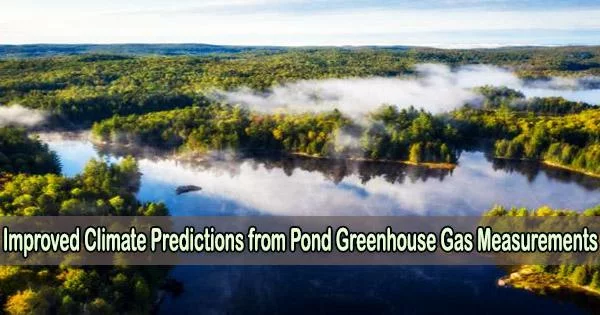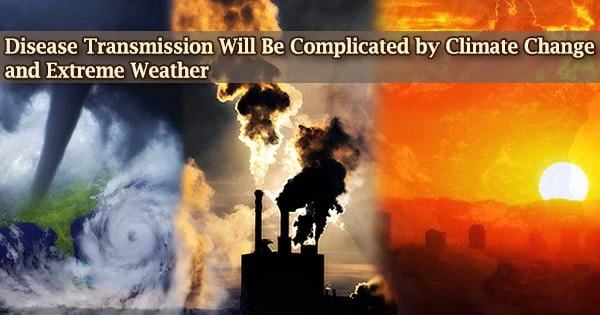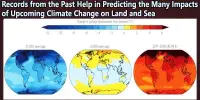Significant volumes of greenhouse gases are released into the atmosphere by shallow lakes and ponds, but these emissions vary widely and are poorly understood.
The tiniest and shallowest bodies of water show the most variability across time, according to a recent Cornell University-led study that monitors methane and carbon dioxide emissions from 30 tiny lakes and ponds (one acre or less) in temperate regions of Europe and North America.
The study is a significant step in calibrating climate models to better estimate emissions from inland waterbodies, and it emphasizes the necessity of more research on small waterbodies.
“This study helps understand both the drivers of greenhouse gas concentrations, and importantly, what makes some ponds more variable in their concentrations,” said Meredith Holgerson, assistant professor of ecology and evolutionary biology and senior author of the study, published in the journal Limnology and Oceanography.
“The paper points to patterns across a broad geographic range, such that we can actually get in and predict which waterbodies are going to vary and will be most variable, and it confirms that we need to go out and sample frequently,” said Nicholas Ray, a postdoctoral researcher in Holgerson’s lab and the paper’s first author.
Shallow lakes and ponds may be responsible for 5% of the world’s methane emissions to the atmosphere, according to a prior estimate by Holgerson and colleagues. However, they warned that without precise measurements taken over numerous water bodies, the actual percentage can be as low as 50% or as high as 200%.
This study helps understand both the drivers of greenhouse gas concentrations, and importantly, what makes some ponds more variable in their concentrations.
Professor Meredith Holgerson
Small lakes and ponds can generate greenhouse gases in a variety of ways, some of which are highly predictable and regular. Understanding these dynamics is crucial because methane traps heat 25 times more effectively than carbon dioxide, making it one of the two main greenhouse gases in the atmosphere.
Each body of water analyzed was sampled over the 2018 and 2019 summers at three times in three locations, including the deepest point and then two locations on opposite ends (but not too close to the shore).
“One key result we found was that the smaller the system is, in regard to surface area, the higher emissions are likely to be,” Ray said.
The fact that samples for carbon dioxide were constant throughout the waterbody indicated that the researchers probably only needed to take a sample from one spot to obtain a reliable prediction for the entire water body.
On the other hand, methane requires samples from numerous sites in order to obtain an accurate measurement. Further evidence that stratification of the water column in deeper water may prevent gases from ascending to the surface was the fact that shallower systems for methane were more variable.
The amount of plant life in the water had a significant impact on the fluctuation over time for carbon dioxide. When it came to methane, variability was mostly influenced by water depth and probably related to stratification in the water column.
Among other uses, the study sets the groundwork for informing a New York state climate mitigation strategy to build more ponds to help farmers better handle droughts.
“We’re working to identify how ponds can be built, or if there are simple management strategies people can employ, to minimize emissions,” Ray said.
















